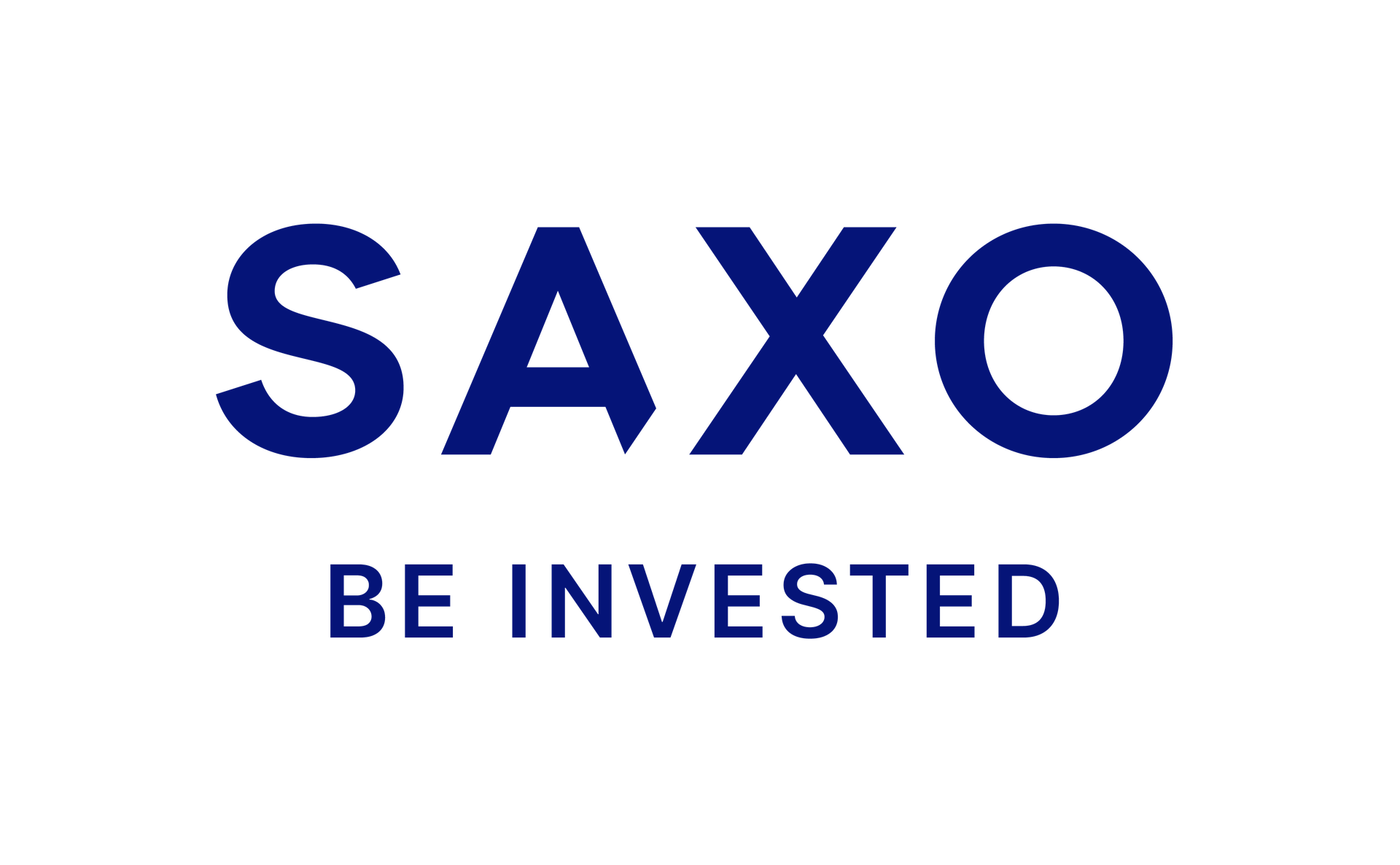HAMISH MCRAE: Pound shakes off Labour gloom over economy
Fear: Chancellor Rachel Reeves
Why is the pound rising on the currency markets when the economic situation in the UK is so bad?
Why is the FTSE 100 index close to its all-time high? Why are consumers so confident after the Bank of England reported a sharp rise in their borrowing in July?
Let’s focus on the pound, because you can explain the stock market boom as part of global price increases. You can explain the increase in consumption as a result of the increase in real wages as a result of falling inflation.
We have a current account deficit of about 3.3 percent of GDP. That means that, since the balance of payments has to be in equilibrium, there is a surplus on the capital account of that amount.
So foreigners need to invest enough in Britain to get the pound higher. How does that square with the continuing gloom of Sir Keir Starmer and Rachel Reeves?
There is a short answer. Foreign investors do not have to pay British taxes. It is not the money men and women in New York, Zurich or Dubai who are going to get hammered in the budget on 30 October, and why should they care what happens to us?
They make a judgement about the likely return on a UK investment versus other opportunities. They conclude – this is the long answer – that sterling assets look attractive for a number of reasons.
For starters, the pound is undervalued. One measure of a currency’s underlying value is purchasing power parity. That’s the exchange rate at which you can buy the same bundle of goods and services in different countries at the same price.
Some currencies have been above or below this rate for years. The Swiss franc has long traded much higher because it is a safe haven for savings in hard times. Turkey has had a bumpy ride, so the lira is well below. If you want a cheap holiday, go to Turkey, not Switzerland.
But it is a useful benchmark and according to the OECD the pound/dollar parity rate is $1.44. I would settle for $1.50, around the middle of this century’s range, as the pound was over $2 in 2007 and below $1.10 by October 2022.
At $1.32, it should go a long way. As for the exchange rate against the euro, at €1.19 it’s near the top of its five-year range, but well below its 2015 peak of €1.40. It was trading around €1.25 on the eve of the Brexit vote in 2016, so as with the dollar, there’s some upside potential.
Secondly, apart from the currency issue, UK assets seem reasonably priced for foreign buyers. Apartments in posh parts of London such as Kensington may seem ridiculously expensive to most Britons, but they are at least 20 per cent cheaper in cash than they were in 2017.
Houses in such areas are cheaper than they were in 2014. Shares, even at near-record levels, also look cheap. The Footsie price/earnings ratio of 13 is well below the S&P 500’s p/e of around 30.
Thirdly, British government bonds offer a high yield for a mature economy. The yield on 10-year government bonds is 4 percent, compared to 3.85 percent on US Treasuries, 2.25 percent on German Bunds and 3 percent on French bonds.
This is despite the fact that the UK budget deficit is relatively lower than that of the US and France, but higher than that of Germany.
By the way, that 10-year gilt yield is a lot higher than it was before Rachel Reeves made that speech about a £22bn black hole at the end of July. Not very smart if you want to borrow more money to say your finances are worse than you thought.
Finally, a general point. It now looks as though UK growth this year, while slower than the US, will be slightly faster than most other developed countries.
That makes all those gloomy official predictions about the economy look downright stupid. So it makes sense for investors to put some money into Britain – as long as they don’t have to pay our taxes – and that pushes the pound up. I expect the pound to rise even further in the coming months.
DIY INVESTMENT PLATFORMS

AJ-Bel

AJ-Bel
Easy investing and ready-made portfolios

Hargreaves Lansdown

Hargreaves Lansdown
Free Fund Trading and Investment Ideas

interactive investor

interactive investor
Fixed investment costs from £4.99 per month

Saxo

Saxo
Get £200 back on trading fees

Trading 212

Trading 212
Free trading and no account fees
Affiliate links: If you purchase a product, This is Money may earn a commission. These deals are chosen by our editorial team because we think they are worth highlighting. This does not affect our editorial independence.
